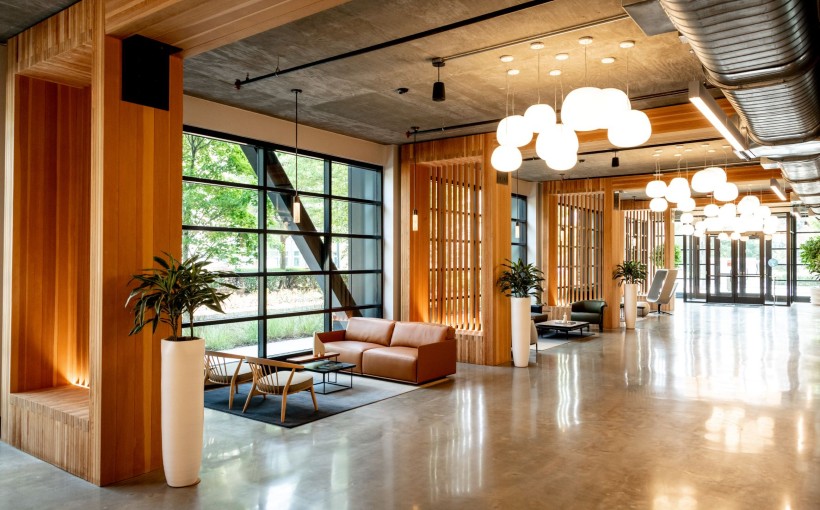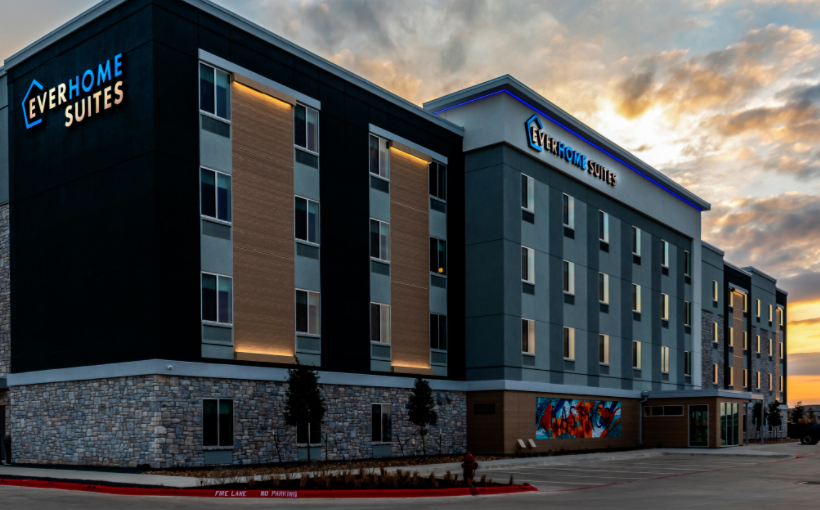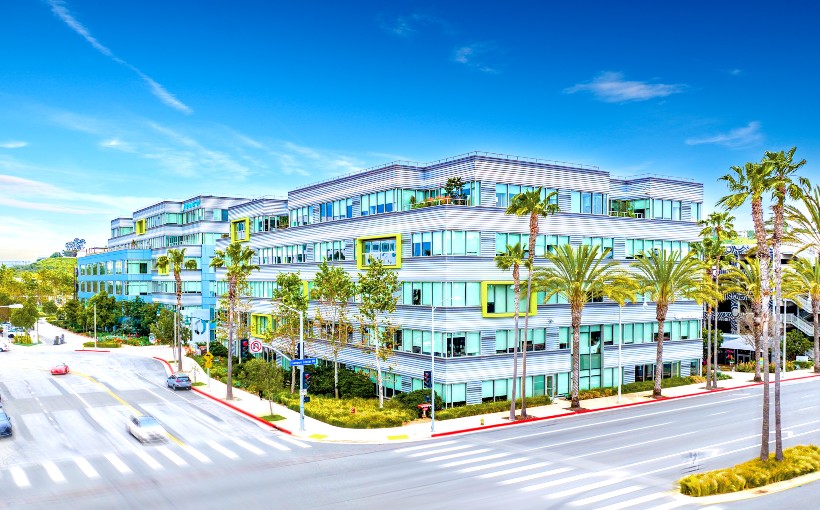NAIOP’s CRE.Converge conference, scheduled for Oct. 18-20 in Seattle, will provide educational sessions on a construction technique that similarly spans product types: mass timber. In advance of this conversation, an expert was consulted to set the stage for attendees and discuss factors driving the trend of mass timber projects as well as advantages it can offer developers and construction firms.
Robert Gerard, Senior Discipline Engineer within Coffman Engineer’s Fire Protection Engineering team said some of the biggest drivers have been around increases in Engineered Wood Products (EWP’s) and Cross Laminated Timber (CLT), significantly increasing design capabilities for mass timber buildings – with formal adoption into prescriptive building codes here in the US opening up compliance pathways to actually design and construct these buildings beyond performance-based designs previously limited to one-off designs only. Additionally economies of scale due to increased number players has helped drive efficiency making these buildings more competitive with concrete or steel structures while still requiring a learning curve from contractors who are now starting feel comfortable enough with material that efficiency is coming fruition when constructing such projects domestically over last few years compared internationally where Canada is roughly 5 years ahead having adopted mass timber into National Building Code leading substantial number erected throughout populous cities there over past decade or so – all while offering aesthetic differentiator within market plus sustainability benefits which initially caught people’s attention but real advantages are evident technical engineering & fabrication side enabling modern day practitioners maximize flexibility & reduce cost ultimately saving time money during development process being able feasibly use same material any structure including warehouses bridges schools etc though not necessarily best choice every application given risks hazards based size use yet fortunately allowed many modern building codes today even larger scale applications like aircraft hangars albeit primarily seen residential commercial area greatest market share podium 6 10 story range at moment however long term goal would be see increase prefabrication modular design improve further efficiency costs numbers substantiate what can do paper real life designing constructing practical economical people want live in thus anticipate becoming widely used U S future lessons learned research testing construction abroad helping accelerate growth demonstrate feasibility safety hopefully societal values evolve become more efficient may also see rise usage going forward




